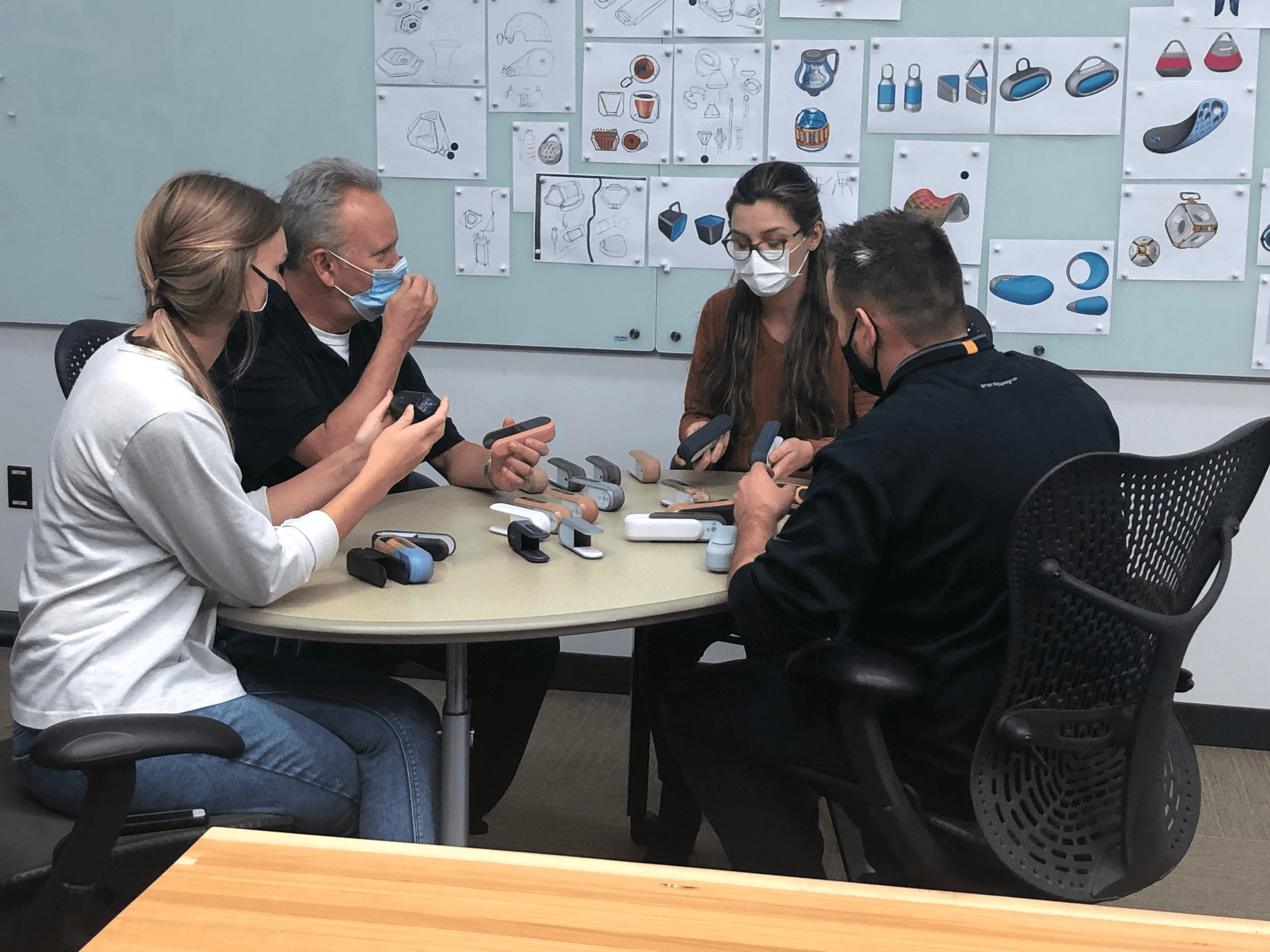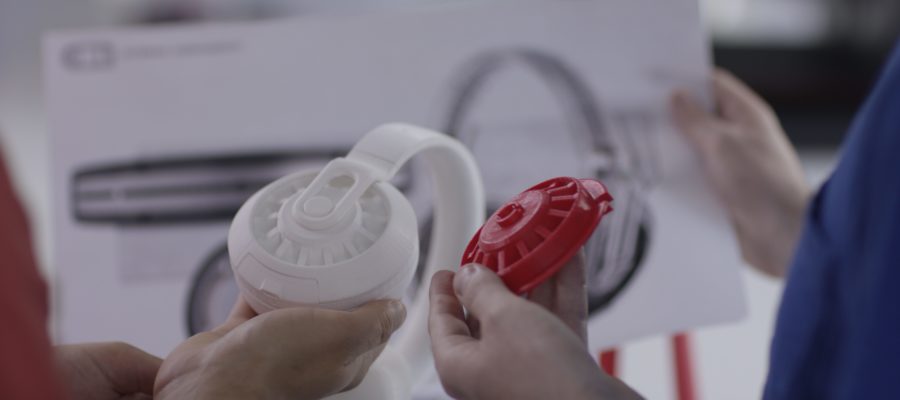There are many things that you might not want to be done rapidly. For example, you probably wouldn’t want to get your dental work done by a “rapid” dentist. Or live in a home that is “rapid-built”.
For engineers and designers, rapid prototyping can have a similar negative connotation. After all, if you put together a prototype too quickly, can it be as helpful in getting you to the next stage of product development?
However, as 3D printing technology becomes more and more used in so many industries, rapid prototyping becomes a standard step in product design and development.
The reasons are obvious. Rapid prototyping reduces design and development time, lowers overall development costs, minimizes risks, increases testing options, and even makes it easier to get design and functionality input from end-users.
Still, as compelling as all of the additive manufacturing advantages are, rapid prototyping may be considered one of the biggest.
Rapid Prototyping Means a Better Finished Product
Lowering your costs of product design and development is a huge benefit of rapid prototyping. But it doesn’t come close to the cost of bringing a product to market whose design isn’t as refined as it could be.
Having a prototype of a finished CAD model ready in a matter of hours versus days or weeks doesn’t just open up the possibility of rapid prototyping, but also of collaborative design. As each prototype is tested, more people can have input on its design, manufacturing process, functionality, look, feel, and so on.
That feedback can be filtered and incorporated in a subsequent rapid prototype, which will, again, take shape in a matter of hours. Ready for another round of feedback.

The result is an exponentially more refined design than what’s possible using traditional product design. And that design refinement delivers bottom-line boosting benefits all the way down the line to the end-user. Benefits can include faster production, more efficient use of raw materials, more rigorous QA testing, lower transportation costs, increased packaging efficiency, fewer end-user issues, and, ultimately, greater customer satisfaction.
For all those reasons, and more, rapid prototyping means a better-finished product.
Find the Best Fit for your Organization and Application
